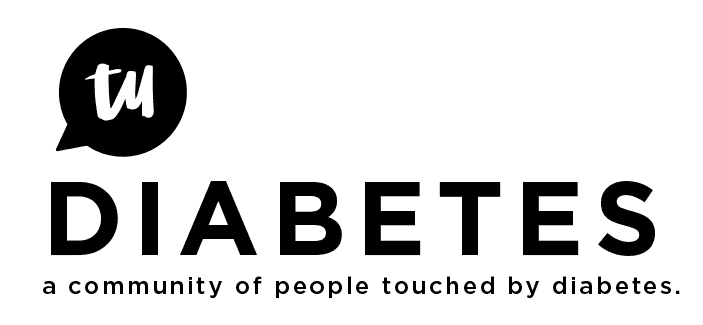I’ve been super hard on the doctors, but this DOJ complaint makes me feel really sad for them. Some of them write to the government for help in very genuine and heartfelt ways.
Comment ID
ATR-2025-0001-0110
Tracking Number
mar-3mvh-ixk6
Why I’m Ready to Leave Medicine — A Physician’s Honest Confession
I’m a board-certified internal medicine physician who completed residency in 2016. And despite years of sacrifice, training, and a deep desire to serve my community, I’m on the verge of leaving medicine altogether.
As a married mother of three, I gave over a decade of my life to pursue this dream. I commuted four hours daily to attend an out-of-state medical school, then three hours daily for residency — a total of seven grueling years, riddled with abuse, exhaustion, and humiliation, all for the goal of becoming a compassionate primary care physician. I wanted to serve the underserved, particularly the elderly — a population I deeply respect and believe deserves dignity and high-quality care.
In 2019, I joined a private practice that had been rooted in the community for 40 years. I was hopeful. They were independent and I thought I had finally found a place to practice ethically. But I quickly discovered it was just a façade. The focus was not care — it was profit. That became especially clear during the pandemic when I was asked to “supervise” nurse practitioners on paper — essentially committing insurance fraud — without any involvement or oversight on my part.
The pressure wasn’t to help people, but to increase RVUs. Eventually, the practice sold out to a large health system in Connecticut. Despite being offered partnership, I couldn’t participate in what had become a rigged system — one that exploits both patients and physicians.
I tried to build something better. I opened a practice with the goal of providing ethical, personalized care. But getting credentialed with insurance was a nightmare. UnitedHealthcare offered me less than 70% of Medicare rates — and refused to negotiate. They could do this because they control the market. Other insurers like Aetna, Anthem, and Cigna delay approvals, deny claims, and intentionally obstruct care because they know there are no real consequences.
I initially chose to accept traditional Medicare in order to serve the elderly population fairly and transparently. However, it became clear that private insurers had infiltrated that space, often delaying payments and denying necessary care. This exploitation has been enabled, in part, by the government’s aggressive push for Medicare DISAdvantage — a program that increasingly limits patient choice and physician autonomy.
Given these challenges, I made the difficult decision to opt out of Medicare entirely. Compounding the issue, CMS — the agency tasked with oversight — has failed to prevent widespread abuse, including upcoding and fraudulent billing practices that have been ongoing since at least 2011. Despite repeated warnings from the Office of Inspector General (OIG), little meaningful action has been taken.
UnitedHealthcare led this charge, but they are not alone. All major insurers engage in similar tactics and are rarely held accountable. Today, more than 70,000 physicians are directly employed by UHC, raising serious concerns about conflicts of interest and the erosion of independent medical judgment. What happened to enforcement of the Stark Law?
The vertical integration of insurers, healthcare systems, and physician networks has been allowed to flourish — not despite regulation, but because it serves the interests of those in power, including the government itself. It’s a system built not on patient care, but on profit — and it’s failing the people it claims to serve.
I’ve become deeply disillusioned. Medicine today is a corporate machine — one that uses both physicians and patients as pawns for profit. Hospital systems have consolidated to force compliance and silence dissent. Insurance companies dominate entire regions, denying care and underpaying providers, all while enriching shareholders. Even lab giants like Quest exploit the system — charging cash patients $4.32 for a CBC while billing insurance $47 for the same test.
It’s legalized exploitation.
The system rewards volume over value, profit over ethics, and secrecy over transparency. And the government has allowed this to flourish — through inaction, deregulation, and entanglement. How can we expect fairness when politicians are allowed to invest in insurance and healthcare stocks?
I hope this administration is serious about dismantling the monopolies that previous ones allowed to grow. Because the current system is broken — not just for physicians like me, but for every patient who trusts it to deliver care.
Enough is enough.
